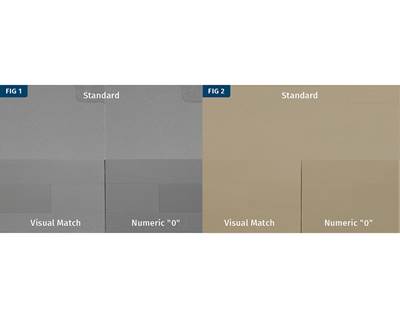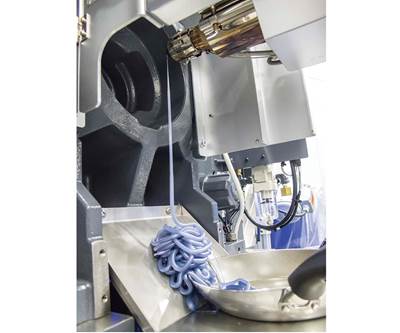processing tips
Faster Is Not Always Better—Optimize Your Molding Cycle
It is possible for machines to run too fast, so find the sweet spot where maximum output overlaps with good parts.
Read MoreSolving Issues with Gloss
Your problem may be related to tooling, material, processing, or combinations thereof. Here’s how to find the root cause.
Read MoreAvoid These Three Mistakes to Get the Most from Color
Here are the key misconceptions and common practices that keep processors from reaching the heights of coloring proficiency. Find out if you’re stumbling into these pitfalls, and learn how and why you should swerve around them
Read MoreFive Effective Ways to Control Color
A 50-year veteran in color-concentrate production and use shares practices to help you make better color decisions and generate less scrap. To specify color correctly and communicate your specs to your color supplier requires understanding of the “Five U’s.”
Read MoreWhat You Should Know About Molding Wood-Plastic Composites
Originally targeted mainly for extrusion, new options for wood-plastic composites have been optimized to open doors for injection molding applications.
Read MoreINJECTION MOLDING: How to Mold Living Hinges With No Flexing Required
Here are the five critical, intertwined components that must be perfected for a living hinge that doesn’t need to be flexed upon ejection.
Read MoreEXTRUSION: Orientation: The Good and the Bad
Depending on what you are trying to accomplish, molecular orientation can have a positive or negative impact on your part. Here’s how to control it.
Read MoreINJECTION MOLDING: Purging: A to Z
Use these steps as a guide to minimize the time and money it takes to switch materials and color on your presses.
Read MoreEXTRUSION: Better Mix In Means Better Mix Out
Segregation or de-mixing of polymers and additives can be a big problem in single-screw extrusion. Here’s why it happens, and how to fix it.
Read More


















